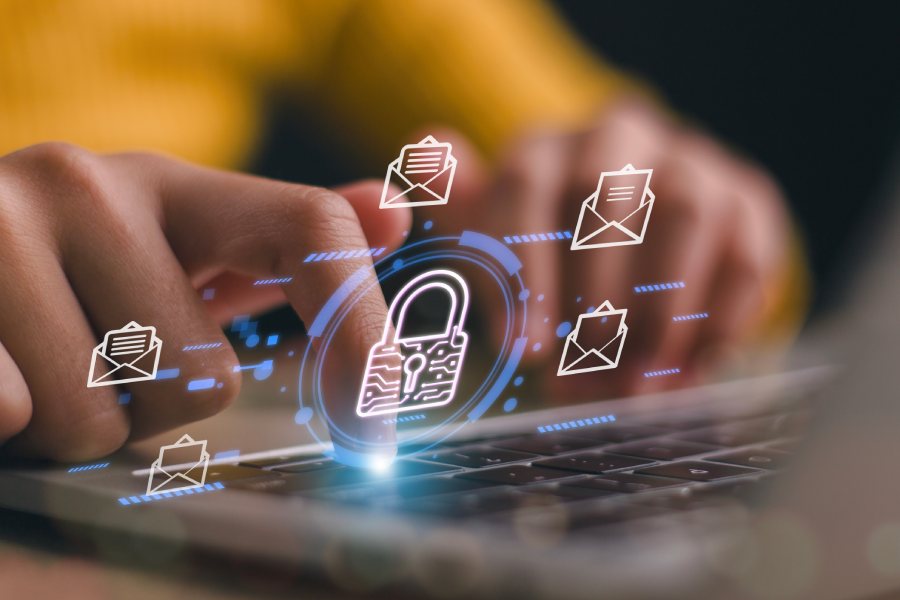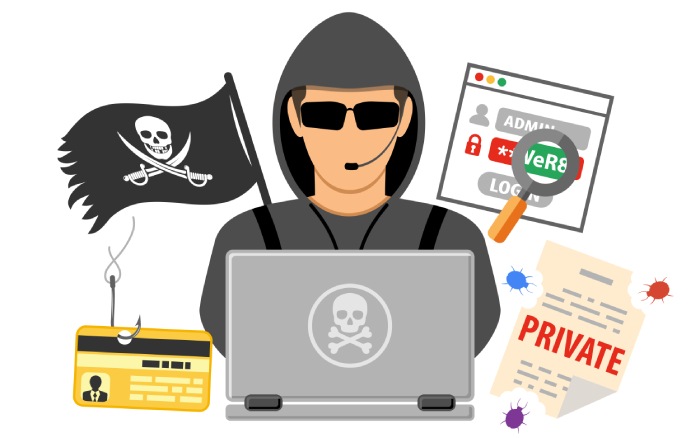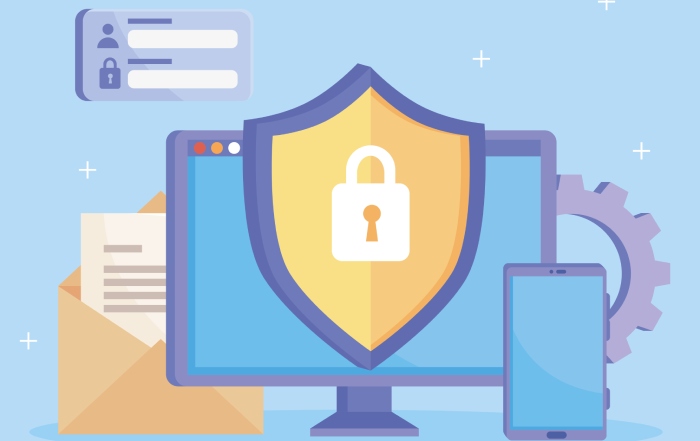The education sector is often a lucrative and easy target for malicious actors as they provide various access points and vast volumes of data. Moreover, the student body often keeps changing, making it difficult to train them in email security. A successful cyber-attack can damage the brand name and cause a substantial financial impact. Hence, maintaining a robust email security posture is essential to provide adequate protection for students and staff from email threats and attacks. This article looks at the various email security threats the educational sector faces and steps to prevent them.
Why Educational Sector Faces Huge Risk From Email Security Threats
Not all schools and colleges allocate an adequate budget for cybersecurity. Institutions mainly focus on spending on students and facilities. Hence, many institutions cannot give the required importance to installing spam filtering and email security tools to prevent email threats like phishing and business email compromise. Moreover, educational institutions, including their staff and students, may not have sufficient expertise or awareness about cybersecurity. Malicious actors think educational institutions are lucrative and easy targets because all the faculty and teaching staff details are available to everyone.
One more reason for educational institutions facing increased email security threats is that they allow anyone to create an account and apply for placement in them. This opportunity provides adversaries with an easy-to-obtain official email address of the institution that they can use for targeted phishing attacks. With these various access points for cyberattacks, it is no surprise that the volume of cyber threats and attacks continues to rise rapidly against educational institutions. With the rise in email security threats, the FBI had to release an advisory to universities to create awareness about phishing and other email security threats.
Another reason that cyber attackers target educational institutions is that they hold a massive volume of sensitive data of students and staff, including their personal information and financial data. This information could also include student account details and passwords that prove to be highly valuable for infiltrators to quickly gain access to the university. Thus, schools and colleges face massive risks from email security threats, with networks easy to penetrate.
What Are The Security Challenges in Front of Educational Institutions?
Malicious actors mainly target students and staff due to their inadequate awareness of email security threats or safeguarding themselves from them. Below are the details about the various email security threats:
Phishing
Phishing is one of the most popular social engineering attacks and a typical attack faced by educational institutions. Phishing attacks mainly employ malicious emails to trick students and staff into divulging their personal and financial information or downloading malicious attachments. A joint report issued by the Higher Education Policy Institute (HEPI) and Joint Information Systems Committee (JISC) urges educational institutions, including universities and colleges, to implement tightened security measures against email security threats like phishing to prevent loss of sensitive data.
Phishing attacks are a massive concern to educational institutions because it is complicated to block such emails. Malicious actors employ social engineering tactics to trick unsuspecting individuals into sharing their personal and financial information. Mostly these emails look legitimate for the average eye. They could:
- Request students and staff to divulge their personally identifiable information (PII), including their name, email address, address, date of birth, etc.
- Request to confirm their PIN or password
- Direct the staff member or student to a malicious website to gather other data, including students’ financial information, social media account username, passwords, etc.
- Download a malicious attachment containing malware, virus, or spam ware.
Business Email Compromise (BEC)
Another major email security issue higher education institutions face is business email compromise. The primary goal of a business compromise email is to deceive students and staff into believing that they have received a legitimate email from the university itself and make them divulge sensitive information or direct them to malicious websites or download malicious attachments.
First, the adversaries get control over the university’s email account using credentials obtained through phishing attacks. They then use the email address to send malicious emails to everyone in the university to gather personal or financial information of students and staff. Business email compromise takes phishing to a new level as these emails are highly researched and meticulously crafted compared to standard phishing emails. On the first look, no one would doubt a business compromise email as it would not look any different from one received from the institution.
How Can Educational Institutions Protect Themselves From Email Security Threats?
Listed below are the best ways to combat these attacks:
- Email Security Solutions: One of the critical steps needed to be taken by universities and colleges to combat email security threats is to install a robust and highly proven email security solution, including secure inbound and outbound SMTPs and reliable email hosting service. These solutions contain powerful threat protection features like URL link scanning and attachment sandboxing to filter and analyze emails and prevent them from reaching the inbox.
- Secure Email Gateways: Employing secure email gateways can help in blacklisting or blocking harmful domains from sending phishing emails to students and staff. They also provide adequate protection from business compromise emails as only dedicated accounts can send emails based on specific rules.
- Regular Security Awareness Program: Educational institutions also need to regularly conduct cybersecurity and email security training programs to create awareness about phishing and other email security threats. These training programs can help staff and students understand what phishing is and how to avoid such attempts. Alongside cybersecurity education, promoting responsible digital practices in academic work is equally important. For instance, students seeking guidance on proper research formatting or time management may sometimes choose to pay for research paper services to better understand academic standards and improve the quality of their submissions. Encouraging ethical use of such resources can support academic honesty while reducing digital risks in learning environments.
The K-12 Cybersecurity Act to Improve Education Sector’s Cybersecurity Posture
To combat the email security threats against educational institutions, the US government has enacted the K-12 Cybersecurity Act. A statement released by US President Joe Biden highlights that the bill’s importance is to provide adequate security to educational institutions and provide the necessary training and tools to protect their sensitive data and network.
The act could prove valuable for the education sector because not all institutions adequately focus on email security. This bill could help institutions strengthen their security system to prevent data loss. Beyond digital safety, fostering ethical online behavior is also part of a secure learning environment. Using a free plagiarism checker for students can help ensure that digital submissions remain original and secure, supporting the broader goal of responsible technology use across schools and universities.
According to the act, the Cybersecurity and Infrastructure Security Agency (CISA) will evaluate and identify all the cybersecurity risks impacting the education sector and develop an online training toolkit for institutions to protect themselves from cyber security threats.
Final Words
Managing an educational institution is entirely different from running a business. However, the aspects of cybersecurity are not much difference between the two. Hence, educational institutions must also prioritize cyber security to keep students’, teachers’, and staff’s privacy intact and away from falling prey to the tactics of cyber adversaries. With adequate tools in place and proper awareness levels, email security threats on educational institutions can certainly be combated.


